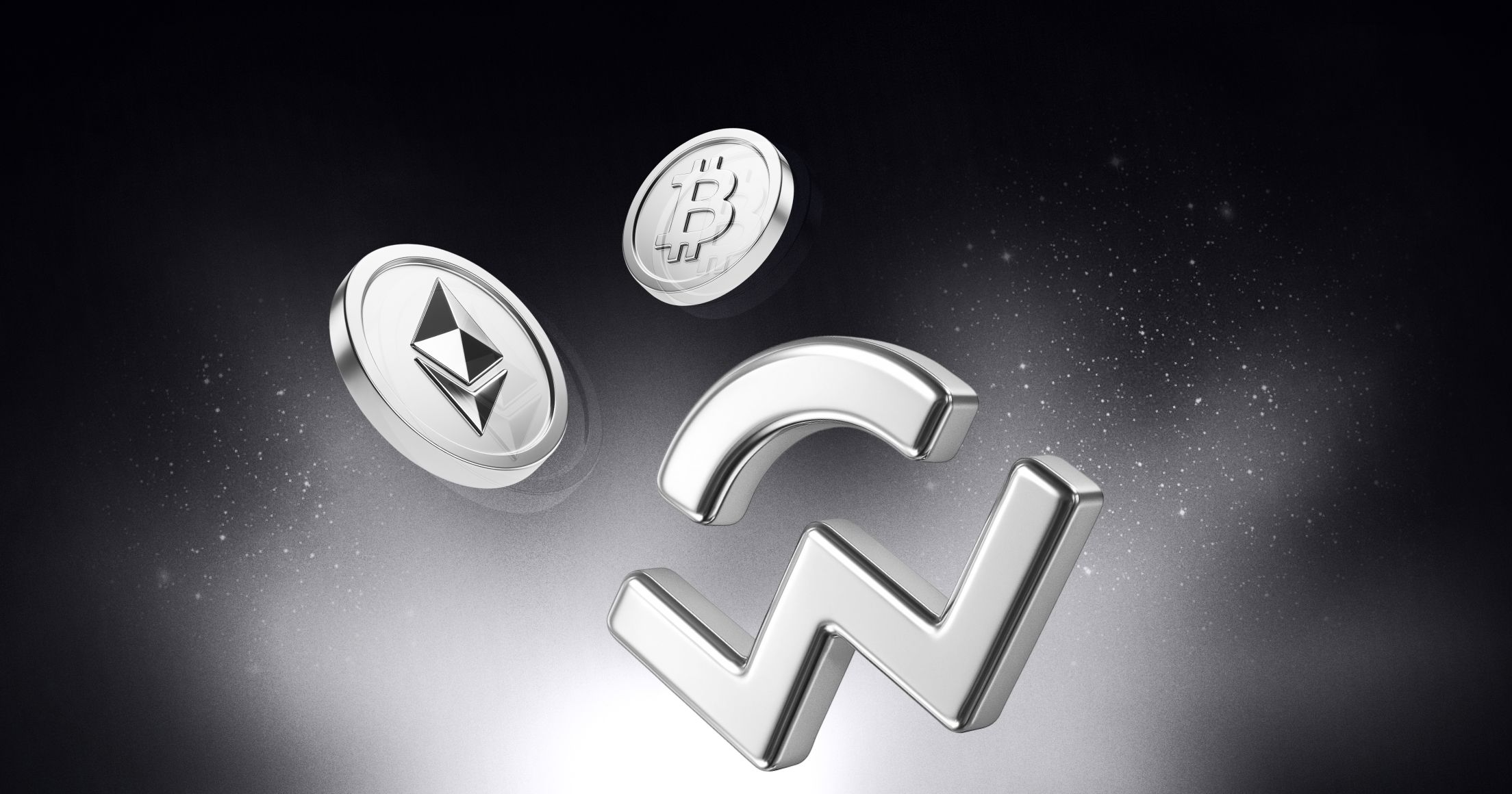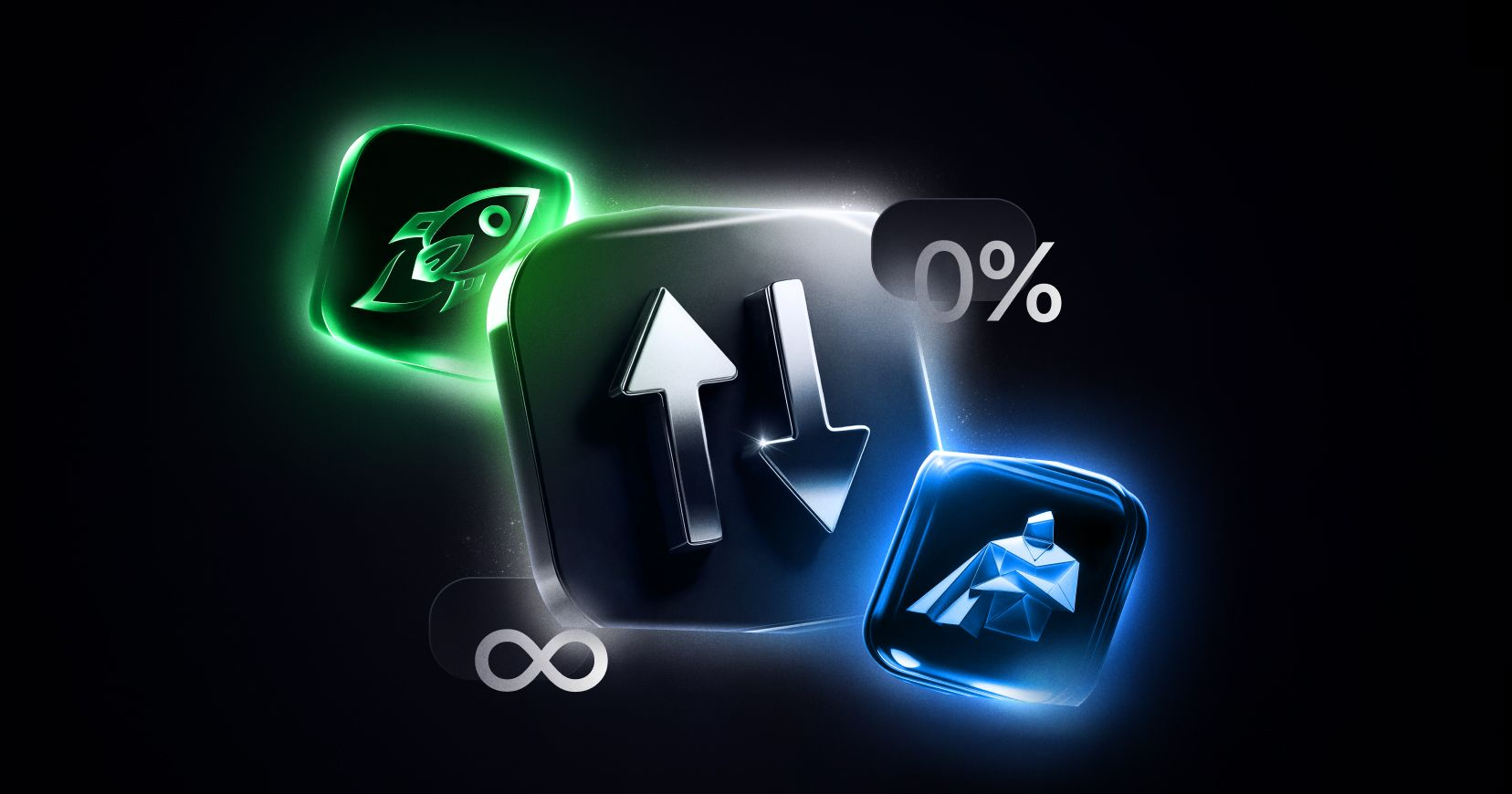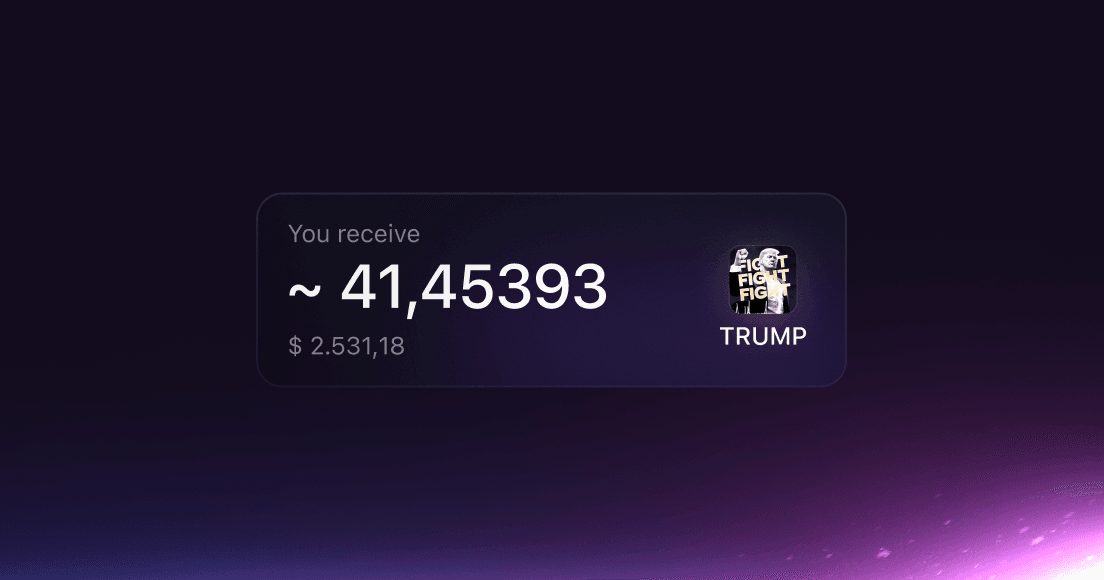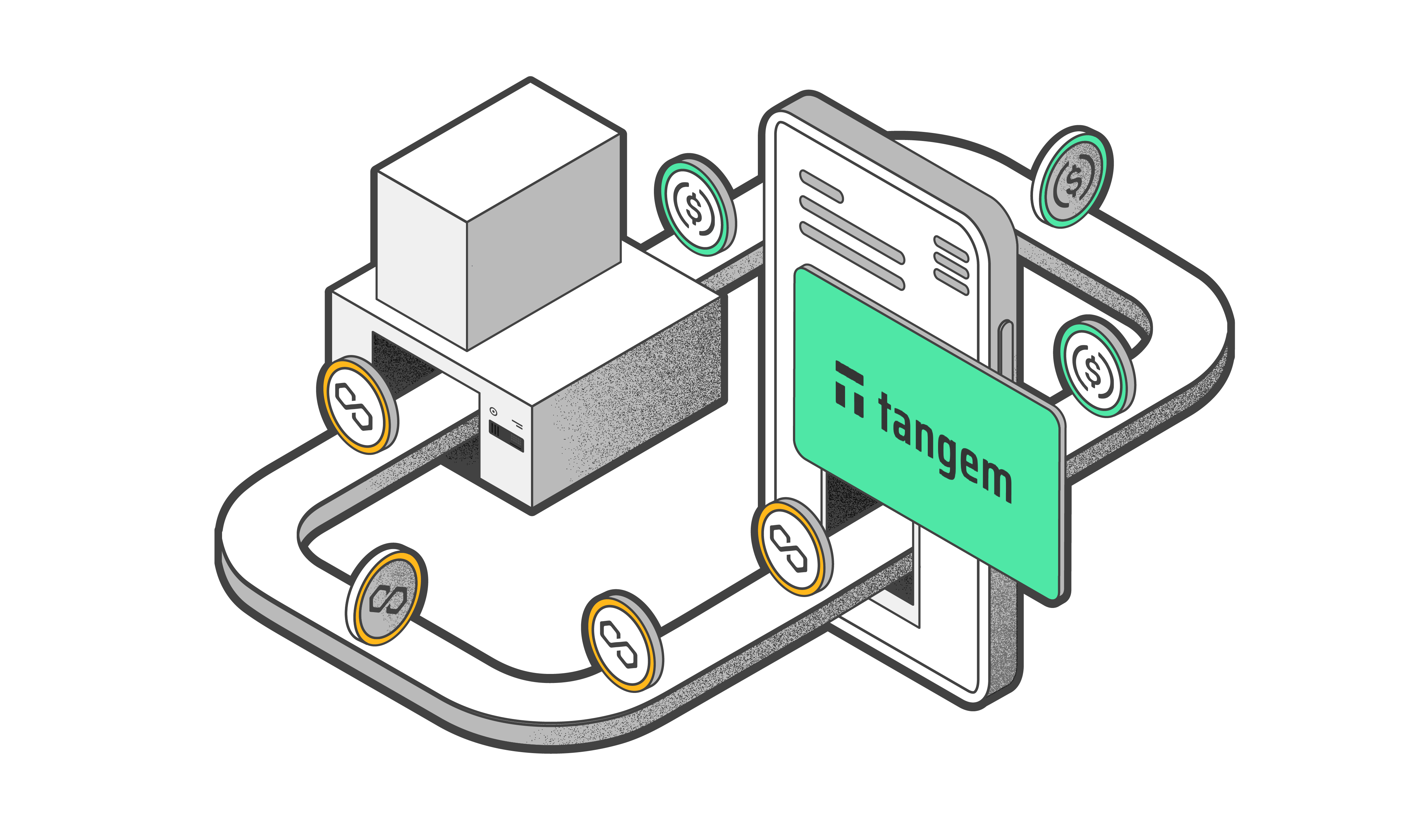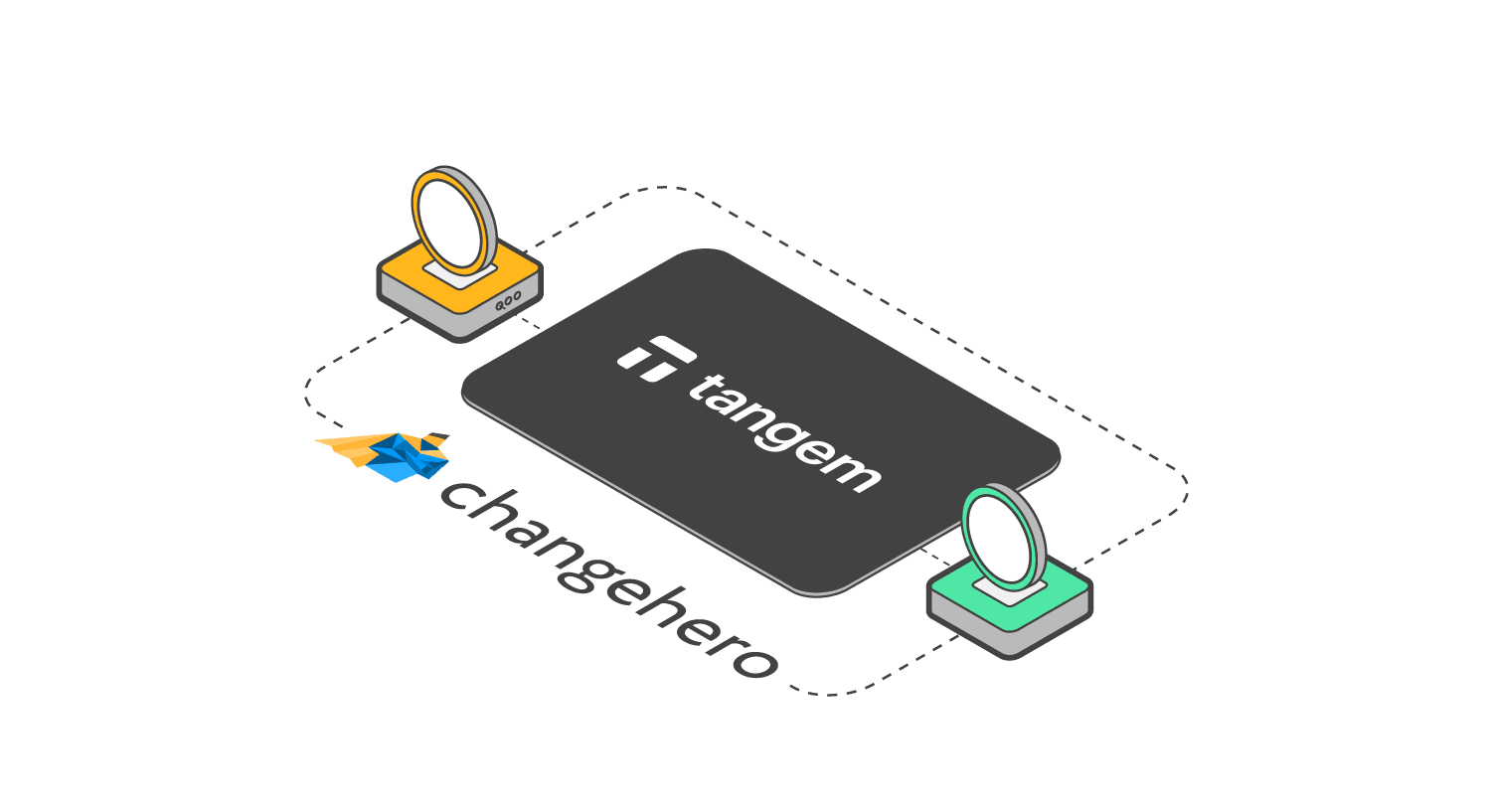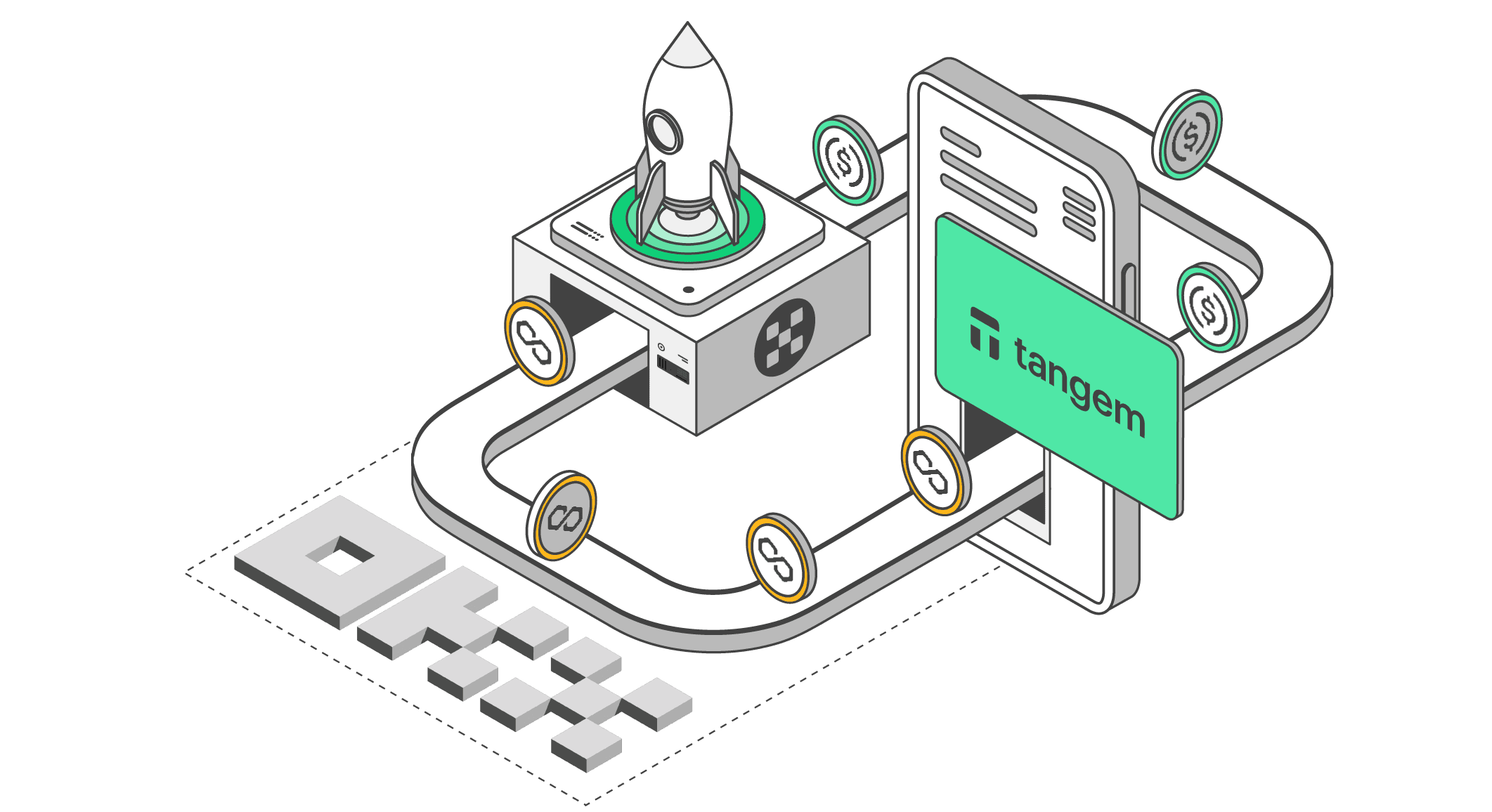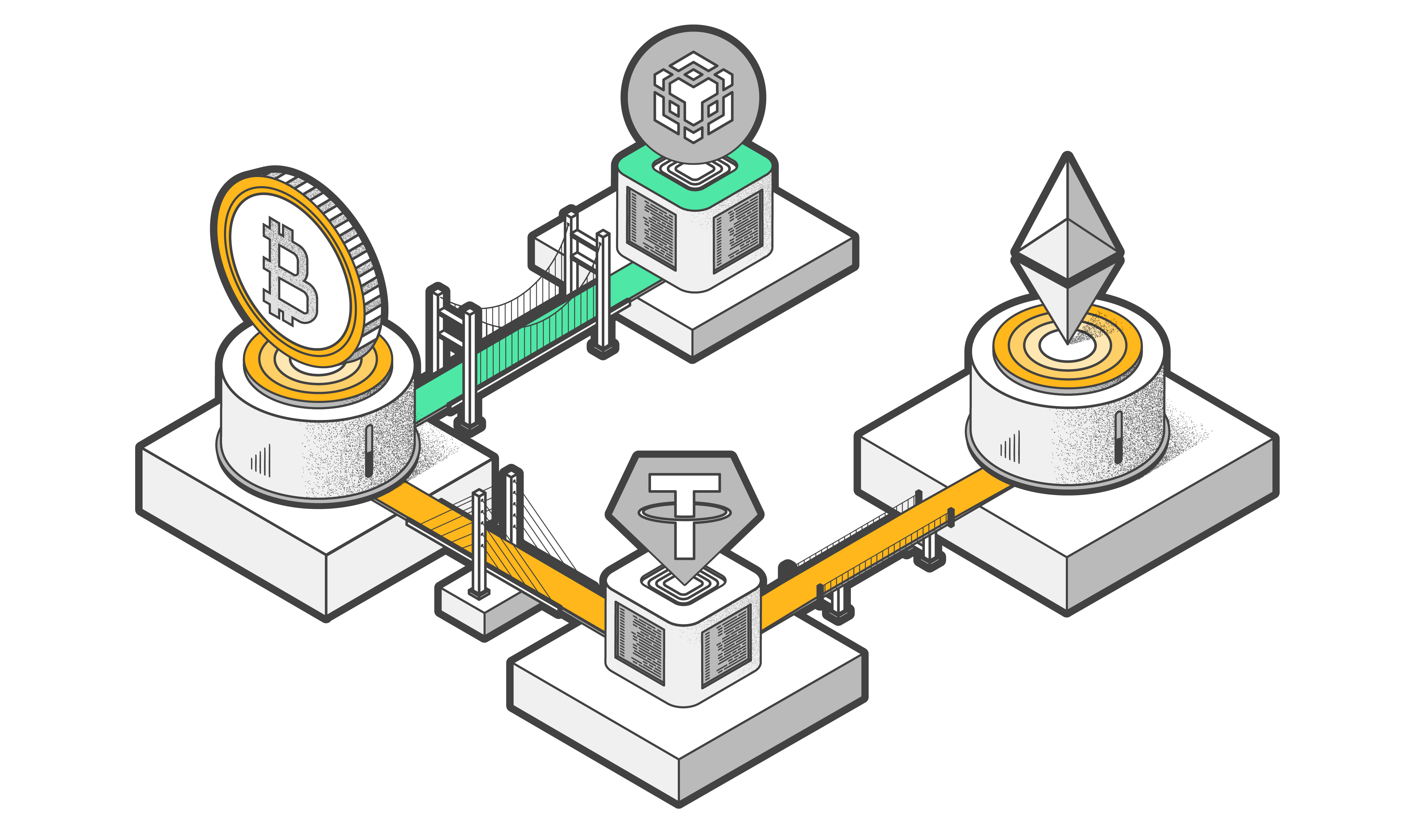
What is an ASIC?
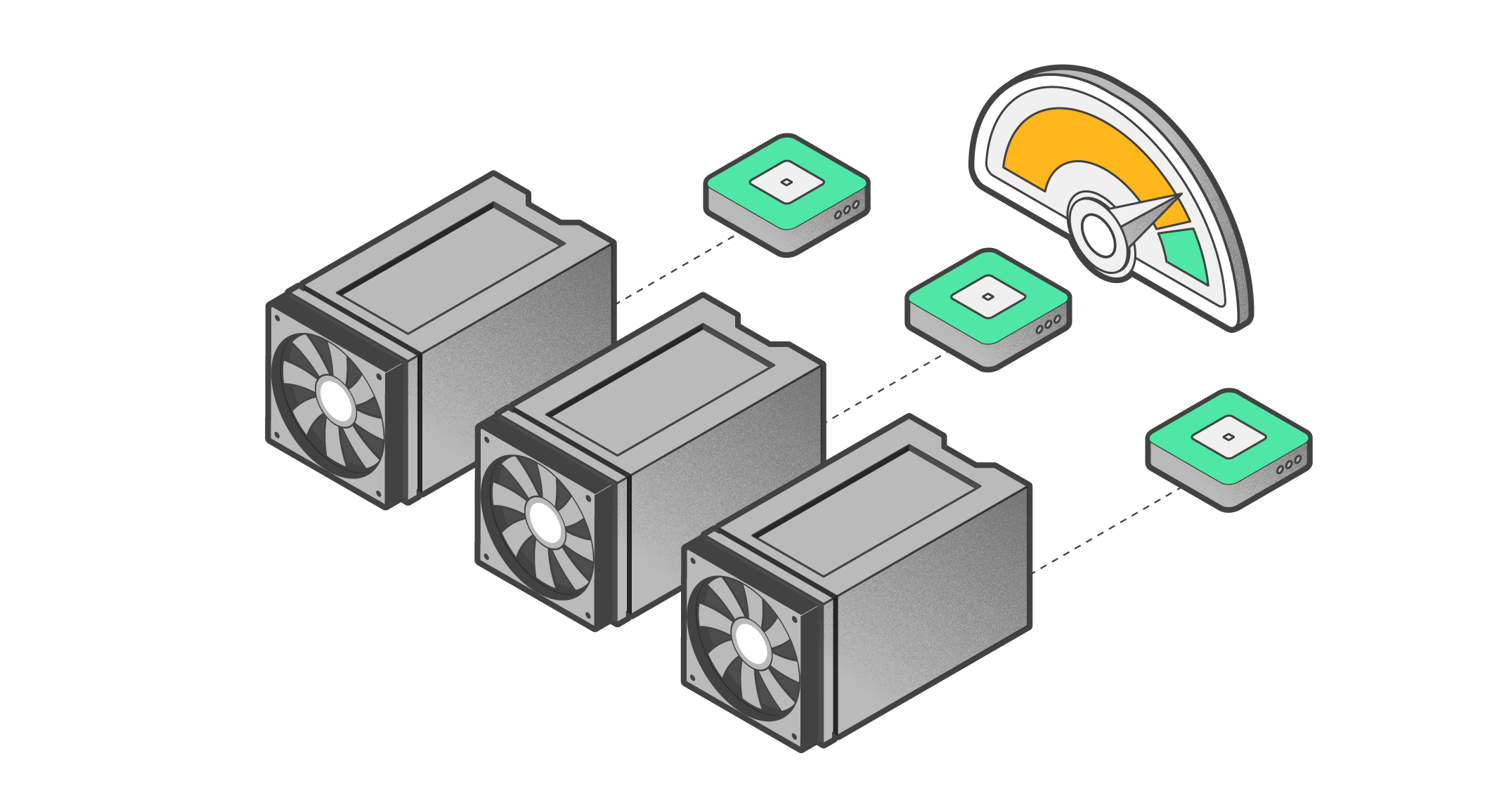
In 2009, at the dawn of the crypto age, anyone with a computer could mine the first cryptocurrency. Back then, the power of a conventional central processing unit (CPU) was sufficient to mine Bitcoin. Later, those who wanted to increase the probability of mining a block and receiving a reward began to use more powerful equipment, such as graphics processing units (GPUs) and circuit boards with FPGAs (field-programmable gate arrays). In 2012, the first specialized mining rigs – ASICs (application-specific integrated circuits) – began to appear.
How ASICs work
An ASIC is a device designed to carry out a single task: mining a cryptocurrency with a specific algorithm. It cannot be inserted into a computer and used as a video card for gaming. We are talking about independently functioning, single-purpose equipment, making its performance much more powerful than conventional central processors or video cards. This in turn means that the chance of earning cryptocurrency with an ASIC is much higher.
ASICs are fairly expensive, both in terms of the initial purchase and running costs. It is therefore unlikely that you’d be able to install an ASIC in your apartment – this equipment is used almost exclusively by industrial mining farms.
Each ASIC model is able to mine a specific cryptocurrency, depending on the hashing algorithm for which it’s “tailored”. For example, an ASIC set to SHA-256 can only mine bitcoins, peercoins and other crypto that uses this hashing algorithm.
ASICs have a much higher hash rate than GPUs, so as soon as an ASIC is released that’s compatible with a particular algorithm, mining coins that use that algorithm with video cards becomes unprofitable. Not everybody is happy with this state of affairs.
How ASICs are affecting the crypto industry
The serious power of ASICs is both a blessing and a curse. On the one hand, it significantly boosts the chance of mining coins for the people using them. On the other hand, it centralizes the blockchain, which presents a concern for many in the crypto community. In reality, many entrepreneurs create ASIC mining farms that bring huge profits, meaning that most of the coins end up in the hands of a fairly narrow circle of miners – a clear sign of network centralization. The core principle of cryptocurrencies, after all, is that as many nodes as possible operate within the network, mine crypto, own coins and thereby ensure functional levels of decentralization on the blockchain.
What is ASIC resistance?
Many blockchains take steps to prevent ASIC mining. As soon as an ASIC is developed that can mine using their algorithm, they change it. These networks are described as ASIC-resistant.
If a coin is ASIC-resistant, it cannot be mined using this type of equipment. Instead, these cryptocurrencies can only be mined using video cards. One example of an ASIC-resistant network is Monero, and its network developers have already switched the algorithm on multiple occasions to prevent XMR from being mined with ASICs. Another project that doesn’t allow these devices to be used on its network is Ravencoin.
Blockchains using consensus mechanisms other than proof-of-work – such as proof-of-stake networks – are ASIC-resistant because they have completely different principles for mining coins. In the case of proof-of-stake, for example, what is required is a stake in the network, rather than proof that work has been done, as is the case with PoW.
It might seem like ASICs are some kind of demonic force. This isn’t the case, of course. They are powerful, energy efficient devices that are very profitable for mining Bitcoin and other cryptocurrencies operating on the basis of the PoW consensus mechanism. The key issue is that when ASICs are released for a particular algorithm, miners who use video cards to mine coins lose their incomes, because a single ASIC is powerful enough to replace an entire GPU farm. Secondly, as mentioned above, mining coins with ASICs nudges blockchains towards centralization. Mining on video cards is much more affordable than mining with ASICs, which means that they offer crypto mining a higher level of decentralization, but they cannot compete with ASIC GPUs.
To get a sense of how much more productive ASICs are than conventional GPUs when it comes to mining, you can calculate the number of video cards that would be replaced by a specialist device. For the sake of comparison, let's take an RTX 3090 with a hash rate of 120 MH/s and a “mid-range” ASIC that provides 40 TH/s. We can see that one of these devices is equivalent to… over 300,000 video cards.
How to choose an ASIC for mining and where to purchase it
When selecting an ASIC, you’ll need to assess the equipment and take into account the following parameters as a bare minimum:
- What coins it can mine. ASICs can mine a limited number of cryptocurrencies, as most of them only work with one hashing algorithm.
- Hash rate. This is the unit of measurement for the processing power of mining equipment. It refers to the speed at which the equipment solves the complex mathematical problems that make it possible to mine blocks. The higher the hash rate, the faster the device “thinks”. The hash rate is expressed in the number of hashes achieved per second (GH/s, TH/s, MH/s etc.)
- Energy consumption. ASICs consume a lot of electricity, so many miners switch to cheaper energy sources or mine crypto from countries with low electricity costs in order to reduce energy bills.
- Cost. You should include maintenance costs in your ASIC budget in addition to the initial purchase.
- ASIC mining location. It’s worth remembering that these devices produce a lot of noise and generate a great deal of heat, so a standard apartment probably isn’t a suitable location for an ASIC. A garage or basement will serve you far better. If you’ve decided on where you’ll be running your ASIC from, you’ll need to check the current that flows through the electrical outlets. If the setup needs thousands of watts to run, make sure the electrical system and socket can withstand this load, and carry out the necessary safety checks if you’re going to keep it running continuously.
As for choosing an ASIC vendor, the most popular manufacturers are Bitmain (bitmain.com) and Innosilicon (innosilicon.com), but there are many other companies producing ASICs for mining.
Conclusion
ASICs are powerful, specialist devices for mining cryptocurrencies that have divided the crypto community.
One view holds that the rollout and use of ASICs is negatively affecting the crypto industry by pushing it towards centralization. Some particularly ardent opponents of ASICs even believe that they could bring about the collapse of the sector.
Despite this, ASIC farms motivate developers to create new algorithms, push blockchain technology to innovate, speed up the process of generating blocks, and make it possible to mine more coins.
Different people have differing views on the subject, but there is one thing everybody agrees on: ASICs are having a huge impact on the crypto industry, and it’s quite difficult to do anything about it.



